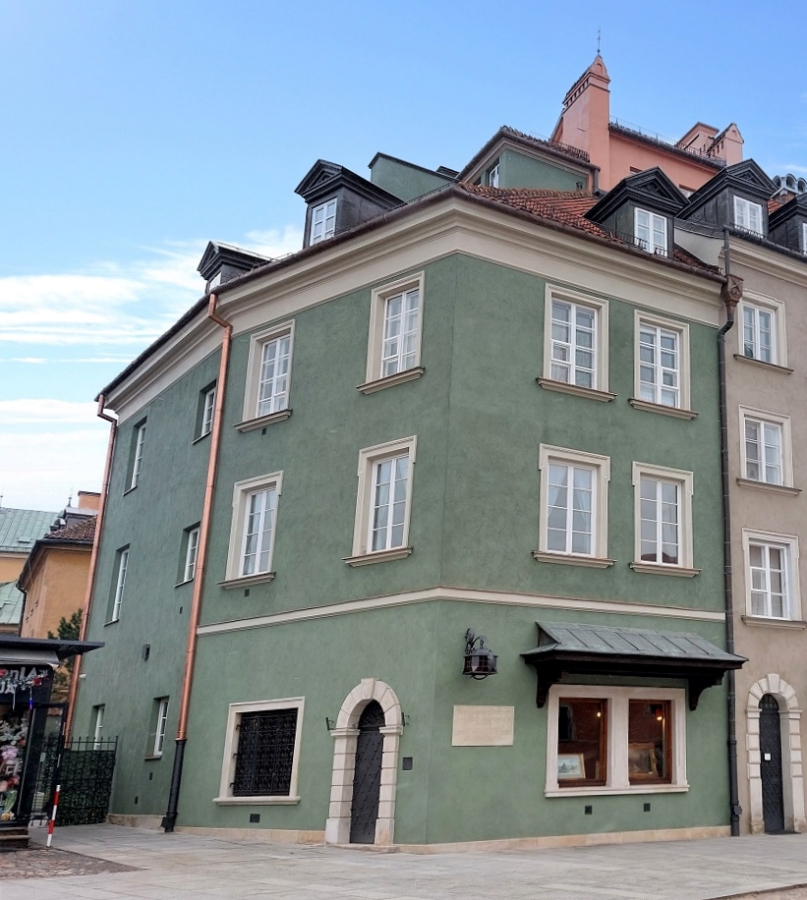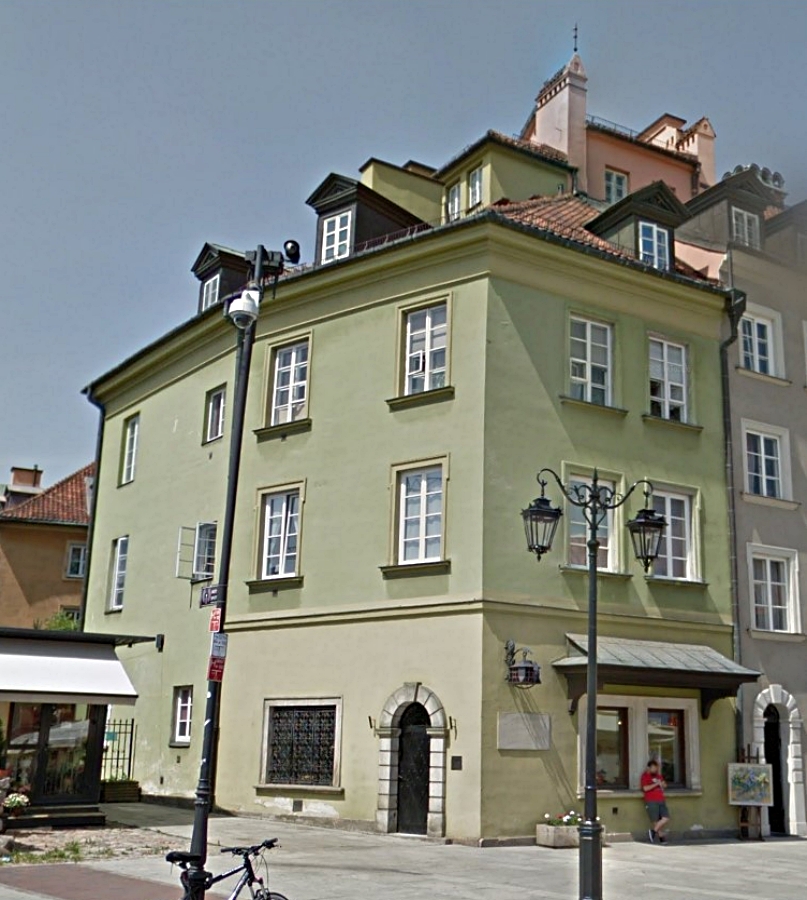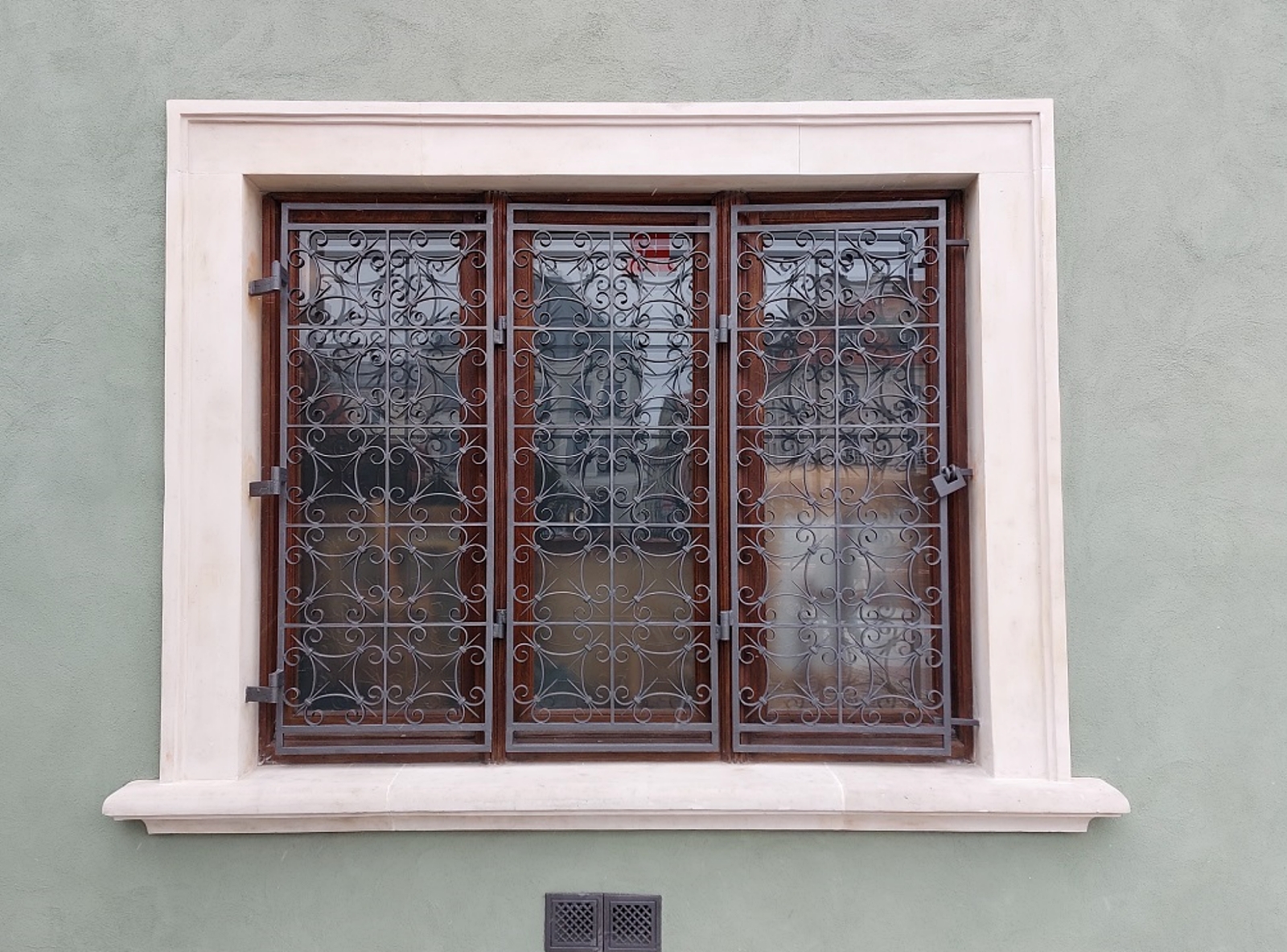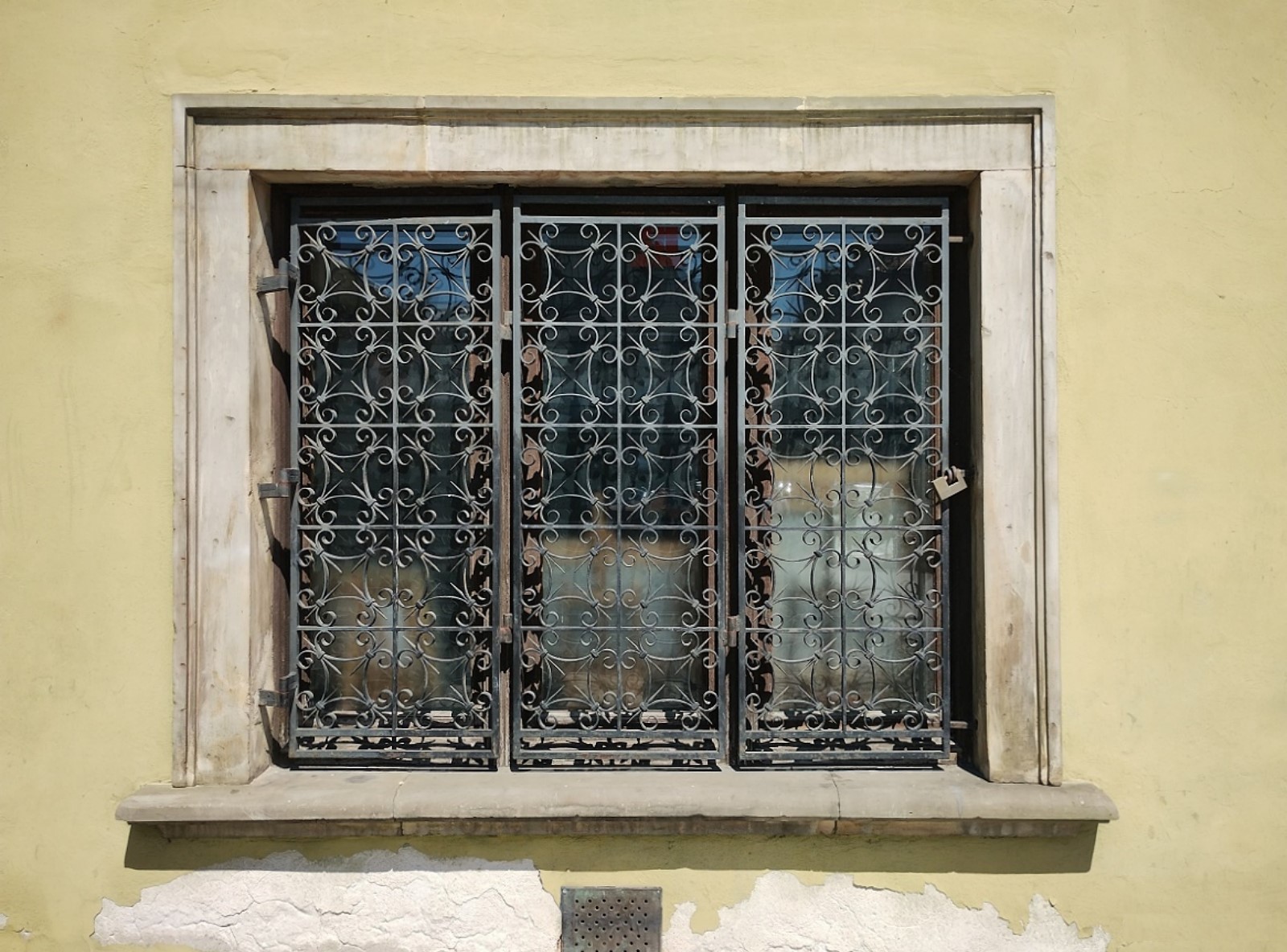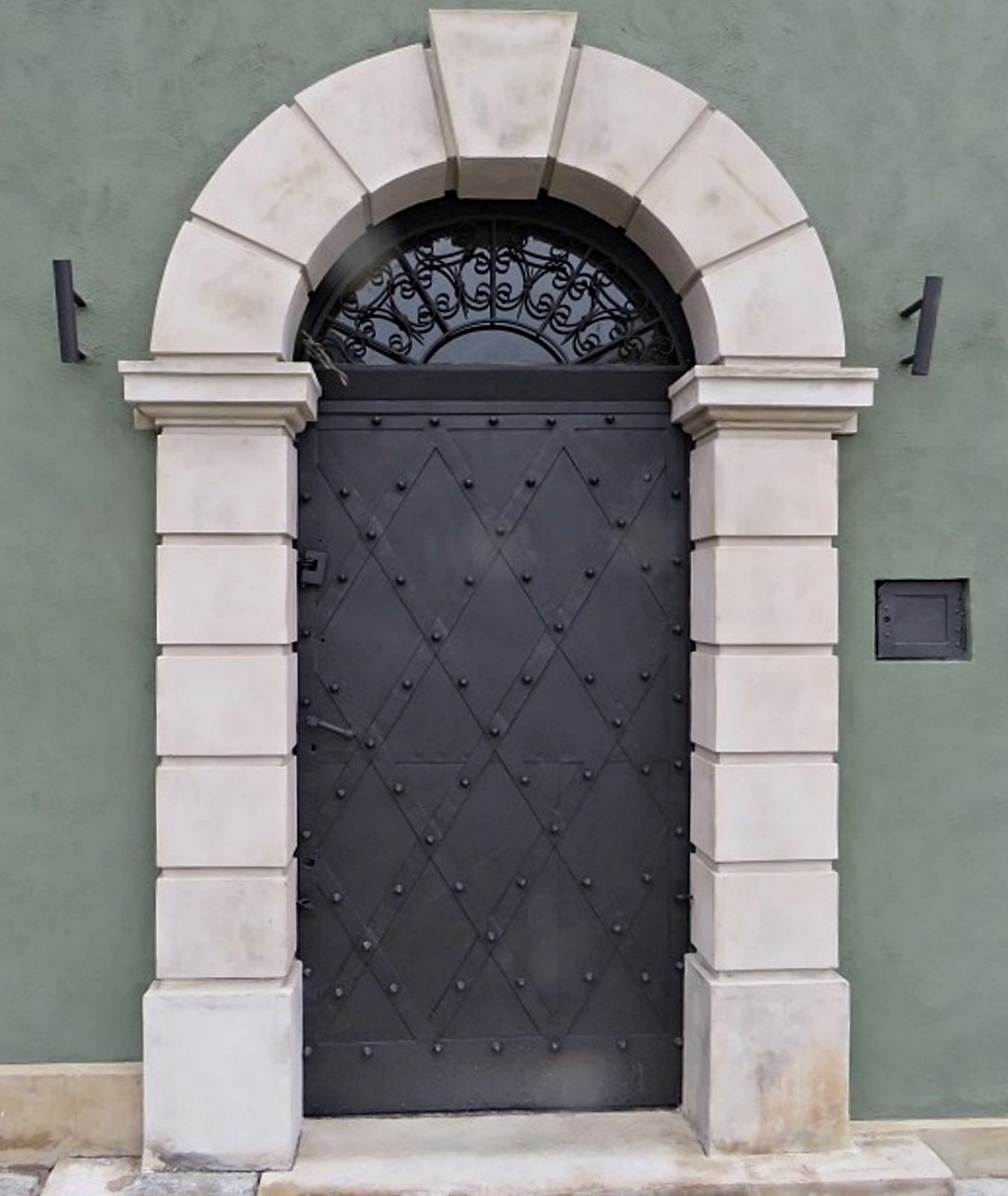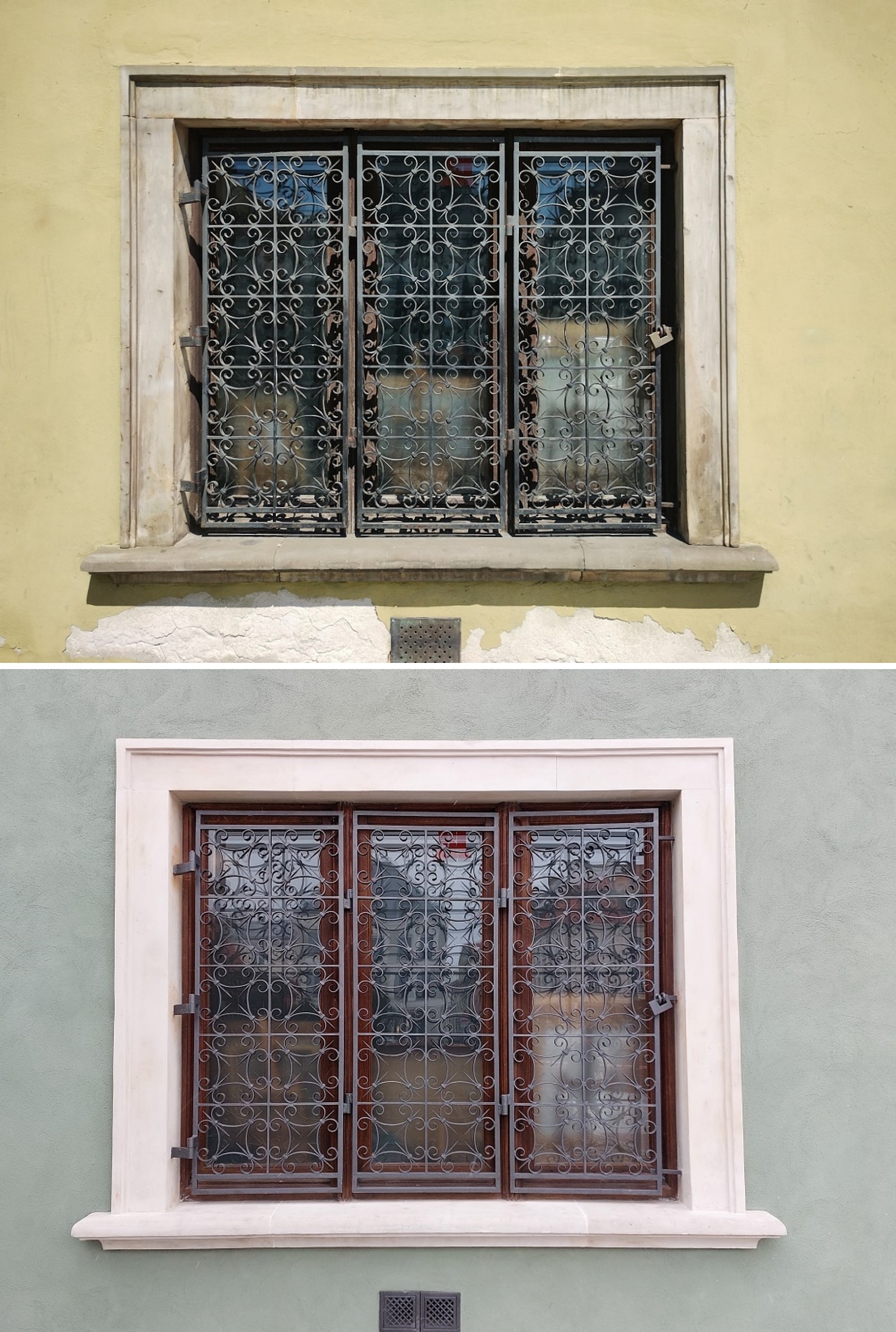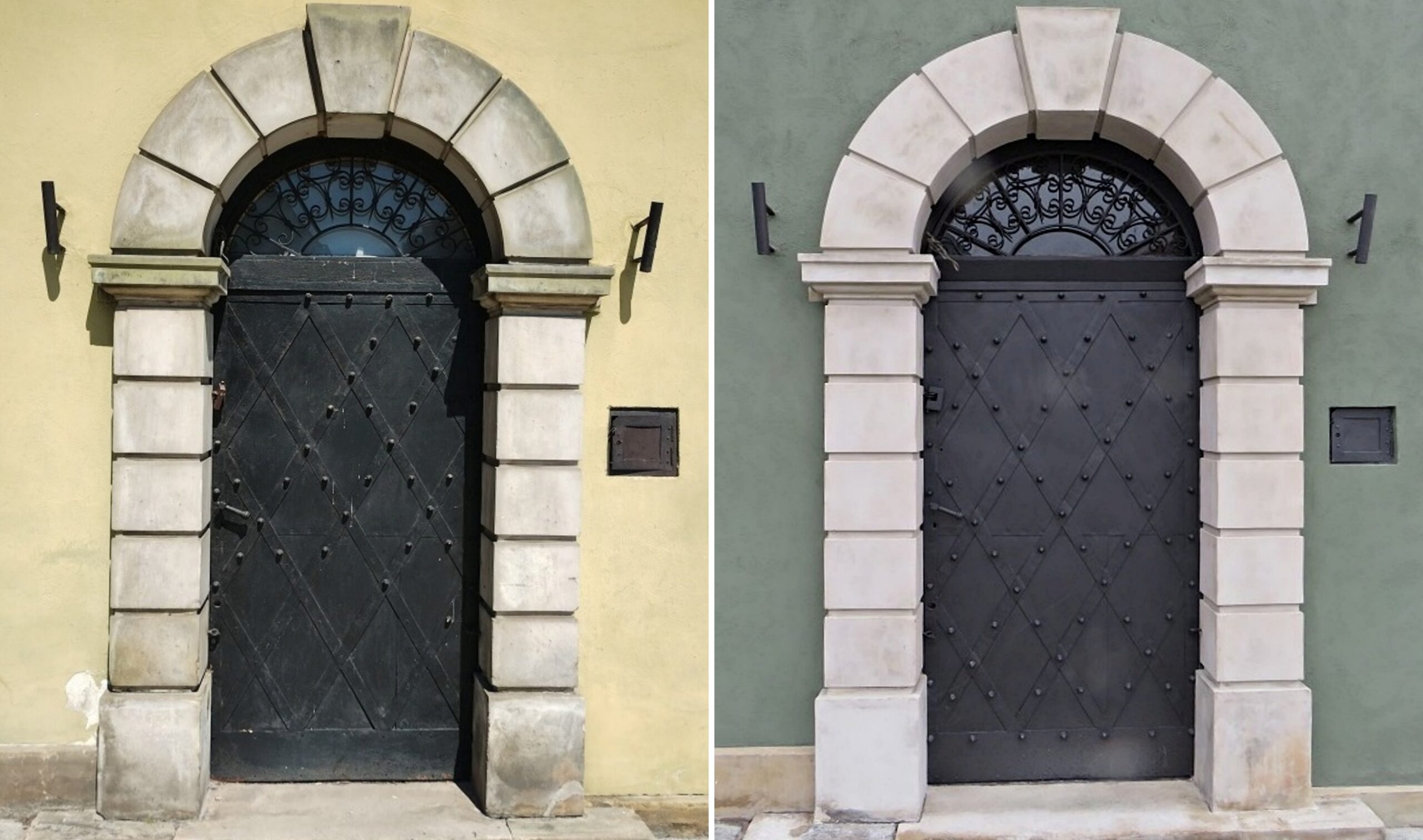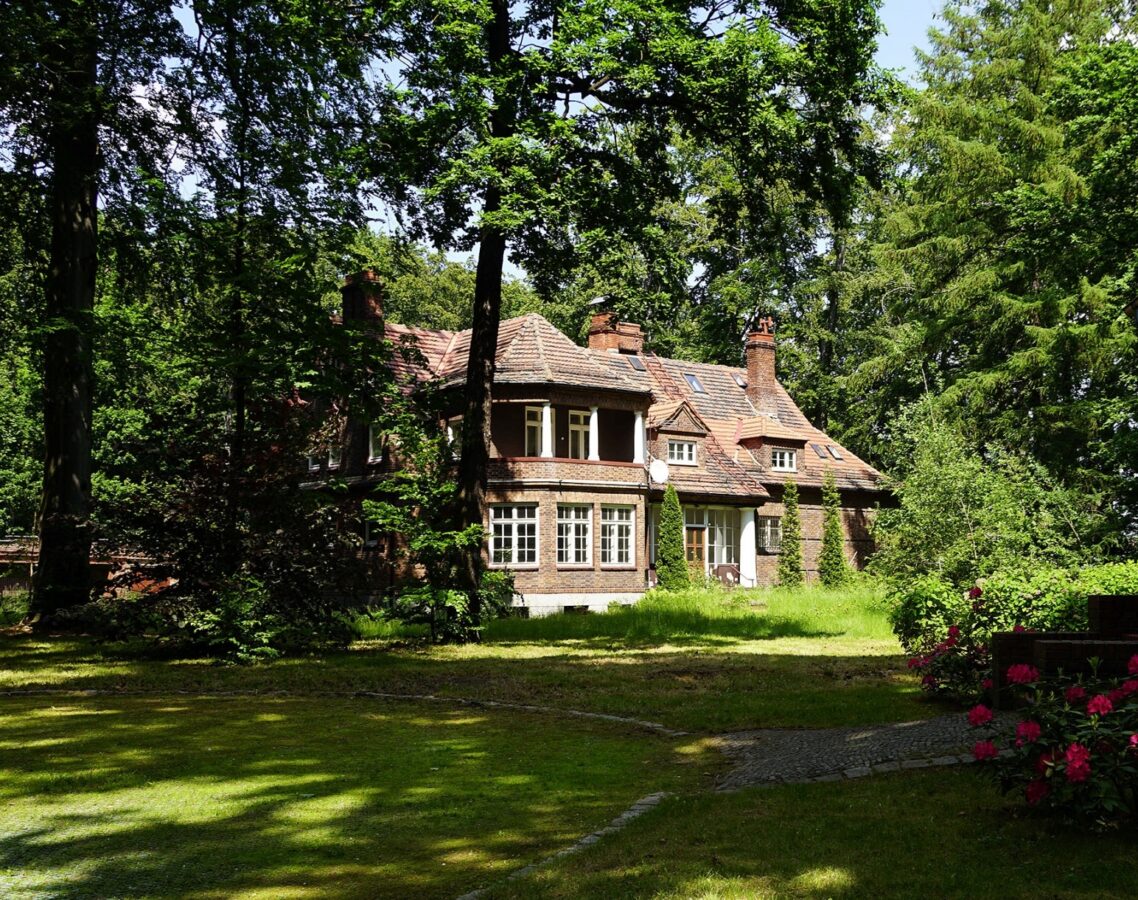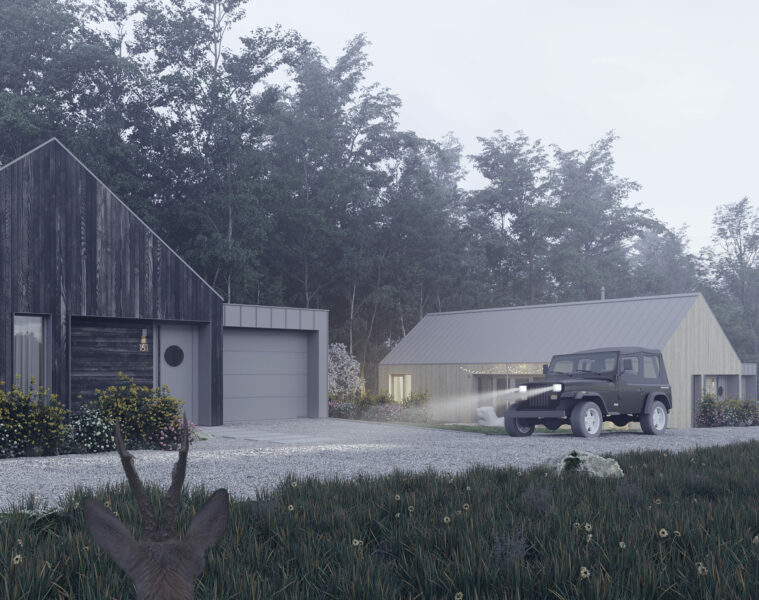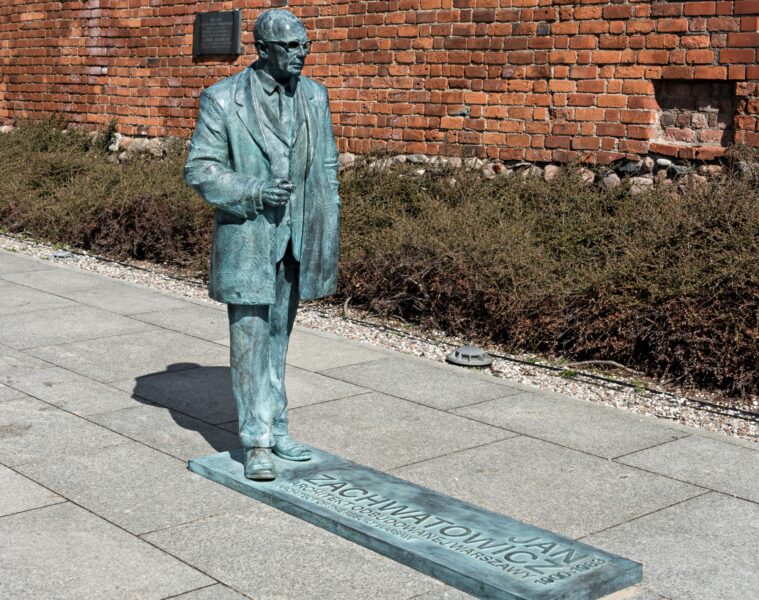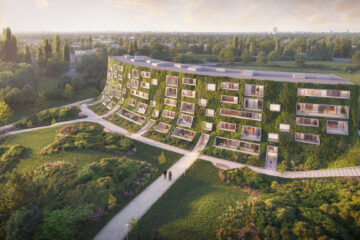The corner Szpitalna tenement house, standing at the junction of Castle Square and Piotr Biegański’s Międzymurza, has undergone general conservation repairs to its two elevations. The work was guided by the technology and properties of the materials used during the post-war reconstruction. Thanks to a municipal subsidy, the building has regained its former character and is once again pleasing to the eye.
The first brick house on the site was built in the 17th century and belonged to the Brotherhood of Mercy of the Holy Spirit Hospital – hence the name of the building. In the 19th century, the building was extended. After the fall of the Warsaw Uprising, during the planned demolition of the capital, the Germans literally razed it to the ground, down to the basement level.
Photo: um.warszawa.pl

The reconstruction of the tenement house at 1/13 Castle Square was possible thanks to the 1934 inventory of the Old Town. When erecting the new tenement houses, destroyed during World War II, solid bricks were used and the foundations were insulated. The window frames were made of oak wood and the facade used lime-cement plaster with pigments, i.e. coloured in the mass. The façade of the Szpitalna building was given a green (olive) colour. Its reconstruction, designed by Józef Chodaczek, was completed in 1960. The building’s form is reminiscent of the first half of the 19th century.
The Szpitalna Tenement House before and after the facade renovation. Photo: Google Maps and um.warszawa.pl
Prior to conservation, both the plasterwork of the façade, the stonework details and the metalwork and flashings were in a poor state of repair. The plaster renderings were partly washed out and faded, in addition to being cracked and detached from the substrate in places. Urban dirt had settled on the walls and microorganisms had also developed. The most serious damage was in the ground floor area. The plaster in these areas was salted and damp. Serious damage was also diagnosed on elements made of stone, namely the portal and window bands. The sandstone was salinated and had numerous cavities. Rust was visible on the metal grating and door sheathing.
The window before and after conservation. Photo: um.warszawa.pl
As part of the work, the facades of the tenement were carefully cleaned of dirt. The conservators removed salted and chipped plaster (this mainly affected the ground floor). Cracks and scratches in the original plaster were primed. The colour of the façade was chosen by commission on the basis of stratigraphic studies. These showed that the building was originally a warm greenish (olive) colour. In the 1970s, the facades were renovated in snuff-coloured, and in later years in green. New flashings were made of copper sheet. The decorative metal elements were transported to the workshop and restored there. After the treatments, they were covered with matt black-graphite paint.
The door and portal before and after conservation. Photo: um.warszawa.pl
The stone decorations were desalted, cavities were filled with sandstone flecks, and smaller defects were filled with specialised putty. All conserved elements were aesthetically developed. The windows in the raw wood ground floor were stained, while those in the upper floors were painted white. The refreshed façade and its elements correspond perfectly with the colour of the patinated roofs and helmets of the Old Town.
The city’s subsidy for the renovation of the two elevations of this corner building amounted to PLN 272,900, which represents almost 80% of the expenditure.
Source: um.warszawa.pl
Read also: Architecture | Tenement | City | Warsaw | Architecture in Poland


